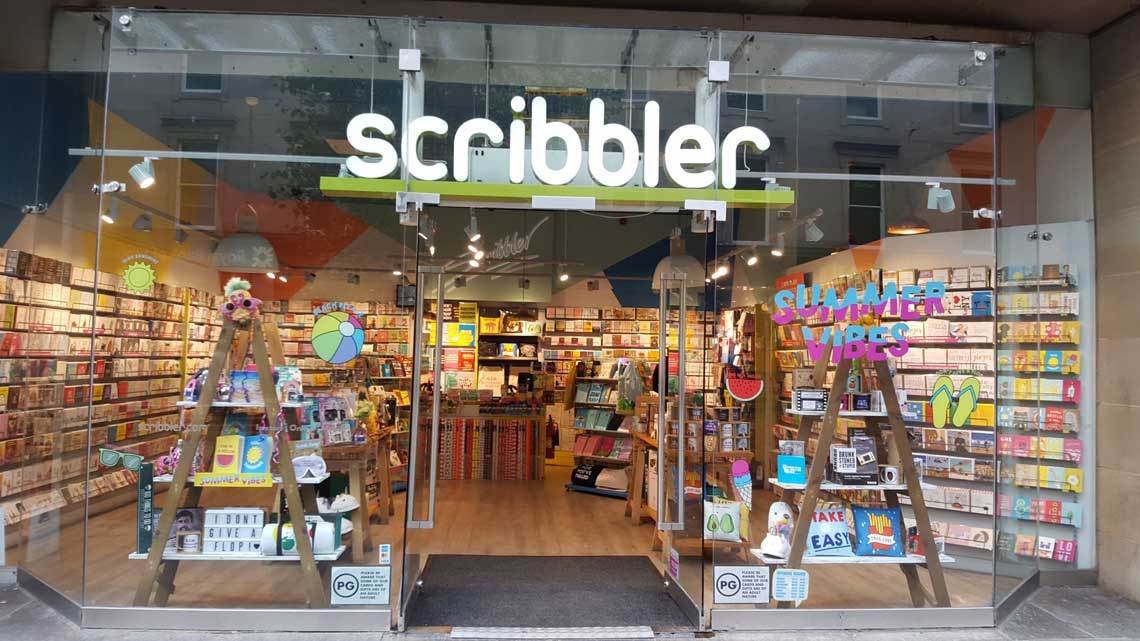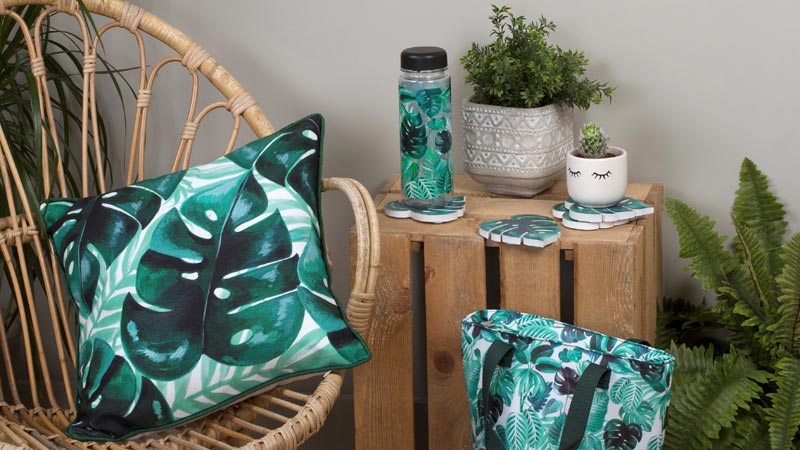
CRO Lab - Ecommerce merchandising: strategy for large catalogues
Depending on the items you sell, your online catalogue may run to hundreds or even thousands of products. The bigger it gets the harder it is for your customers to navigate. And the harder it becomes to navigate will directly impact upon your ability to sell. Not only that, the more products you have, the more difficult and time-consuming your merchandising becomes because you have an increased number of products and categories to support. You can quickly burn up time and resources.
Most well designed websites will offer numerous categories via their menu/navigation and will also help customers filter within each product category using facets that the user can control, which is great but they don't help merchants direct the user to the products they want to promote. tradeit's weighted, automated, multi-metric merchandising offers much more.
How it works
There are a number of product metrics that are automatically calculated in tradeit which can be used for sorting products and powering recommendations automatically, such as top selling products, top rated products, top reviewed products, top selling products by value, top viewed products, best product deals, top added to basket products, products bought together, customers past purchases, and inspired by wish list.
These metrics can be set up to track the previous x number of day’s activity on a merchant’s site within the administration system (each metric can be calculated over a different time period if required) to effectively deliver a rank for each product and then sort them accordingly on the page. This is great for delivering automated recommendations, populating sort options, or displaying items on product listings pages. However, some merchants, want even more options and greater control of their merchandising capability, without losing the huge benefits of this metric driven and automated data.
Weighted metrics
For example, high-street and online gift card retailer Scribbler have a product range extending to thousands of items. For them, highlighting customer favourites, new products, or best-selling items is really important to their business, but they wanted to combine multiple metrics in order to be able to display the best performing products within their product listings pages using the combined result of several metrics.
“Most sort orders needed changing every other week to coincide with different occasions and trends. Right now, we can’t imagine being able to dedicate the amount of time we were before we had the system in place, it’s been such a time saver and such a stress reliever too!”
Product, Data & Insights Executive, Scribbler
They also wanted to be able to give each metric a weight (i.e. a multiplier of the score in comparison to the other metrics to highlight the importance or otherwise) so that they could prioritise the appearance of products by the most important metric to them. So for example, let's look at a fictional scenario using a combination of three weighted metrics to calculate the score/rank of two different products and how they are configured and calculated below.
Product A
Product B
From this example we can see that Product B, which has a score of 435, would rank above product A, which has a score of 410, from the combined metrics. However, there was still an issue.
New or special products
Products that were new wouldn’t rank highly as their metric score would be 0, having had no time to build one up from the combined metrics. This meant they would fall to the bottom of the page and struggle to get seen by customers, so an optional measure was put in place to push all products classed as 'new' to the top of the page by default. Scribbler are also able to define how long a product is classed as new for, and thus how long it receives priority status based on this. Lastly, a manual override function is available which gives individually selected products priority over any of the metric-driven or new products in the listings should they require it. This is useful for stand out items or sudden trends that they want to highlight.
“Red helped us create an automated merchandising system to get new cards to the top of the sort order without having to manually put them there and use metrics from bestsellers/basket views/page views over a certain number of days to get the cards customer really want to see at the top of each category.”
Product, Data & Insights Executive, Scribbler
In practice
So, with the system set up, cards were now sorted with three headline priorities; Firstly, has the product been manually overridden to appear at the top? Secondly, is the product classed as new? And thirdly, what is the product score driven by the combination of the weighted metrics? Within those three headline level categorisations each product is still ranked by the other headline metrics, so for example. A 'new' product that has been manually overridden to appear at the top will rank higher than another manually overridden product that isn't 'new'. The product score will then determine the order after that. The combination of the three calculations will provide a score and then the overall ranking of each product, and thus where it appears within the product listings page. The system now provides Scribbler with the benefits of the automated multi-metric ranking whilst still allowing for the provision of new products and any manual override.

The order in which products now appear is now automatically determined by a number of different factors.
“The changes allow our customers to see the best products we have as well as the newest, freshest ones, which is great, especially for our most frequent visitors, it gives them something new to look at every time they hit the site which is a lovely added benefit. It has been especially beneficial with the sheer volume of customers we’re seeing on the site.”
Product, Data & Insights Executive, Scribbler
Get in touch to learn how you could use tradeit's merchandising capabilities to power your product listings, recommendations and sort options.
Ecommerce for the Giftware Industry











